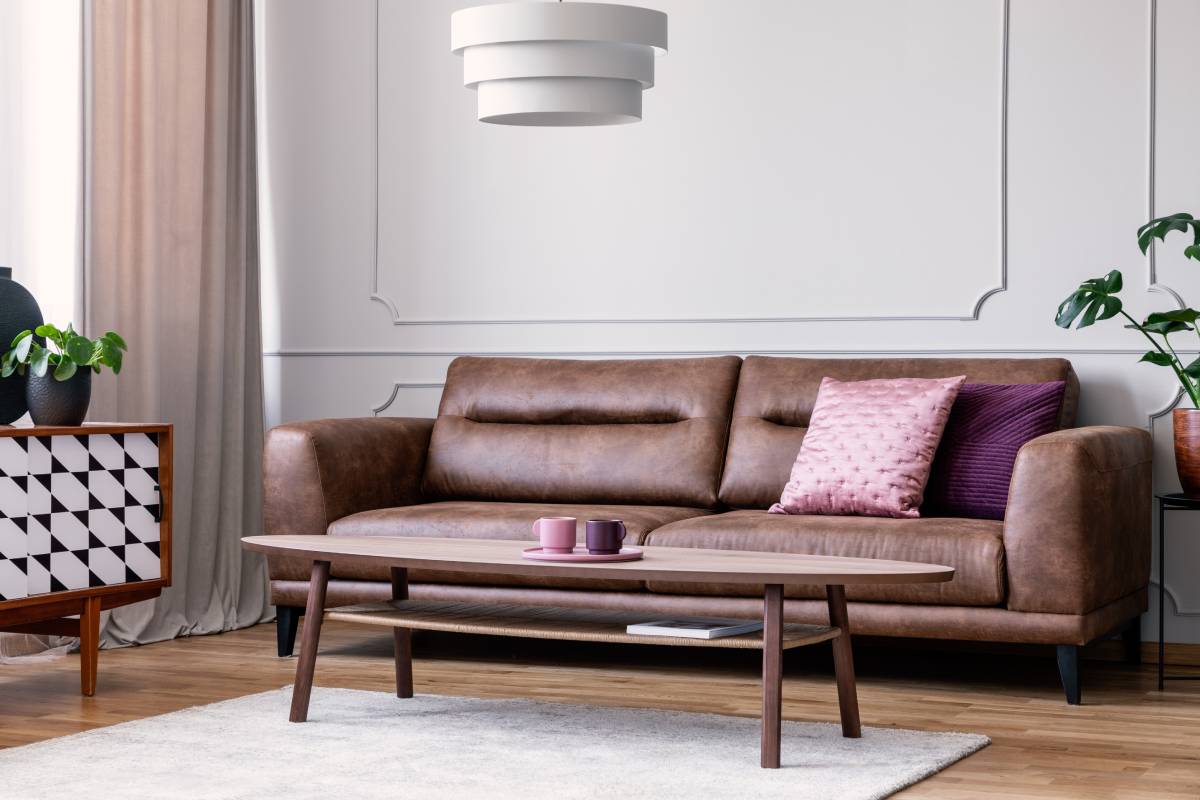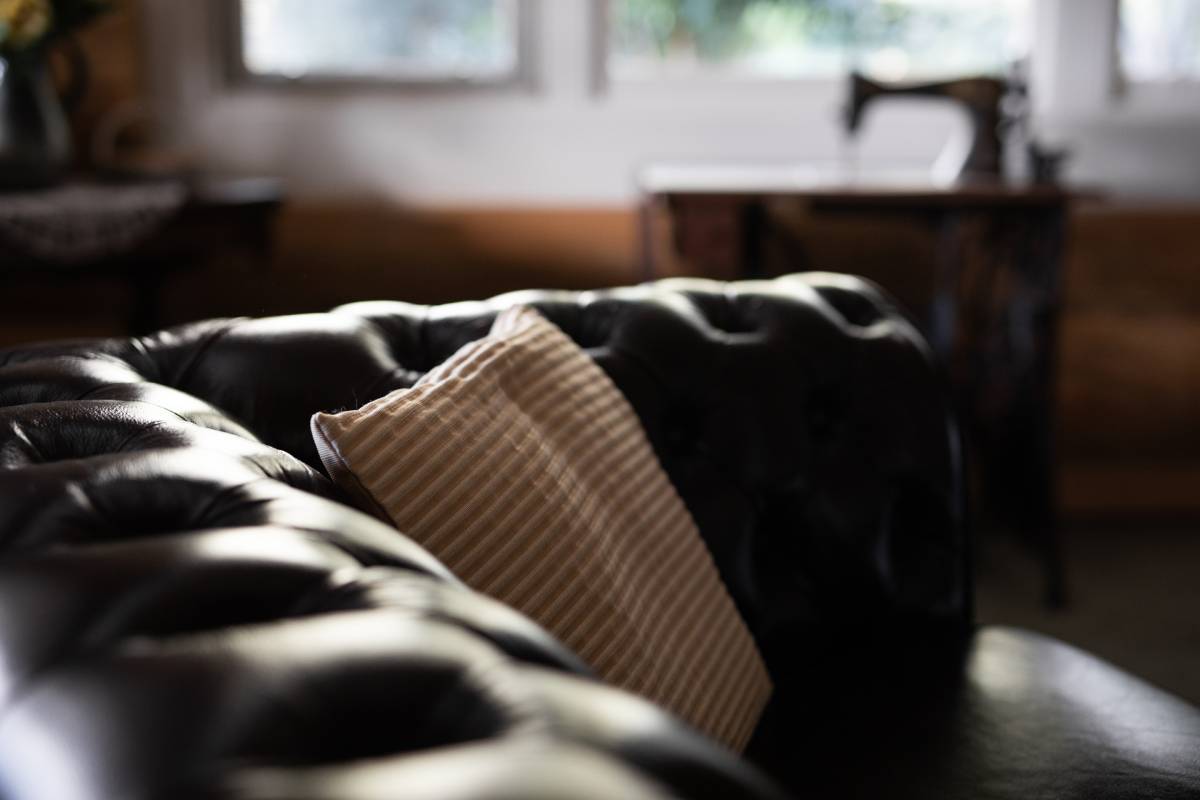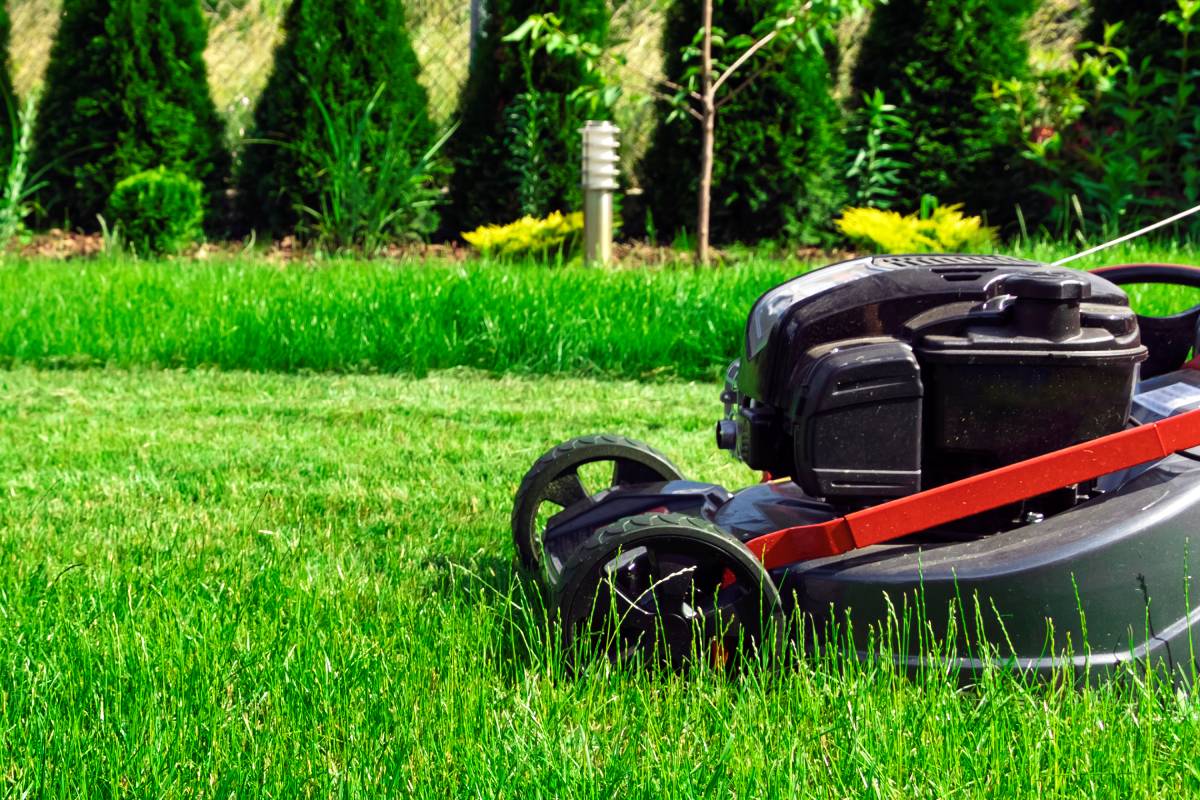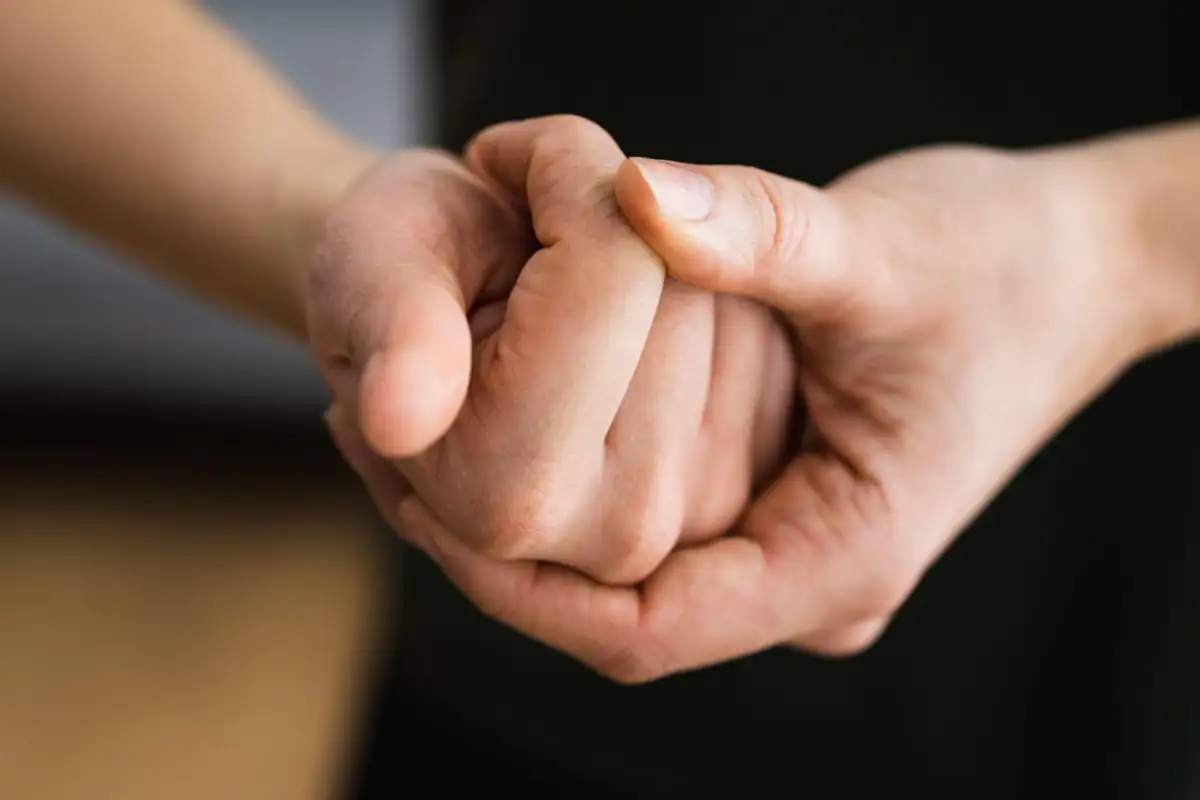Getting a leather couch is about more than just having a cool piece of furniture; it’s also about making a choice that lasts. When it comes to figuring out how long a leather couch will stick around, three big things matter: the type of leather it’s made of, how well it’s put together, and how you take care of it.
In this discussion, we’re going to break down these factors to help you understand what makes a leather couch last, giving you the info you need to make smart decisions about your furniture.
How do you repair damaged leather upholstery?
Repairing damaged leather upholstery requires careful attention and a few simple steps to restore its beauty and functionality. Whether you have a scratched sofa, a torn car seat, or scuffed leather furniture, here’s a straightforward guide to help you bring your leather back to life.
- Assess the Damage: Begin by closely examining the damaged leather. Identify the type of damage, such as scratches, tears, or scuffs. Understanding the extent of the damage will guide you in choosing the right repair method.
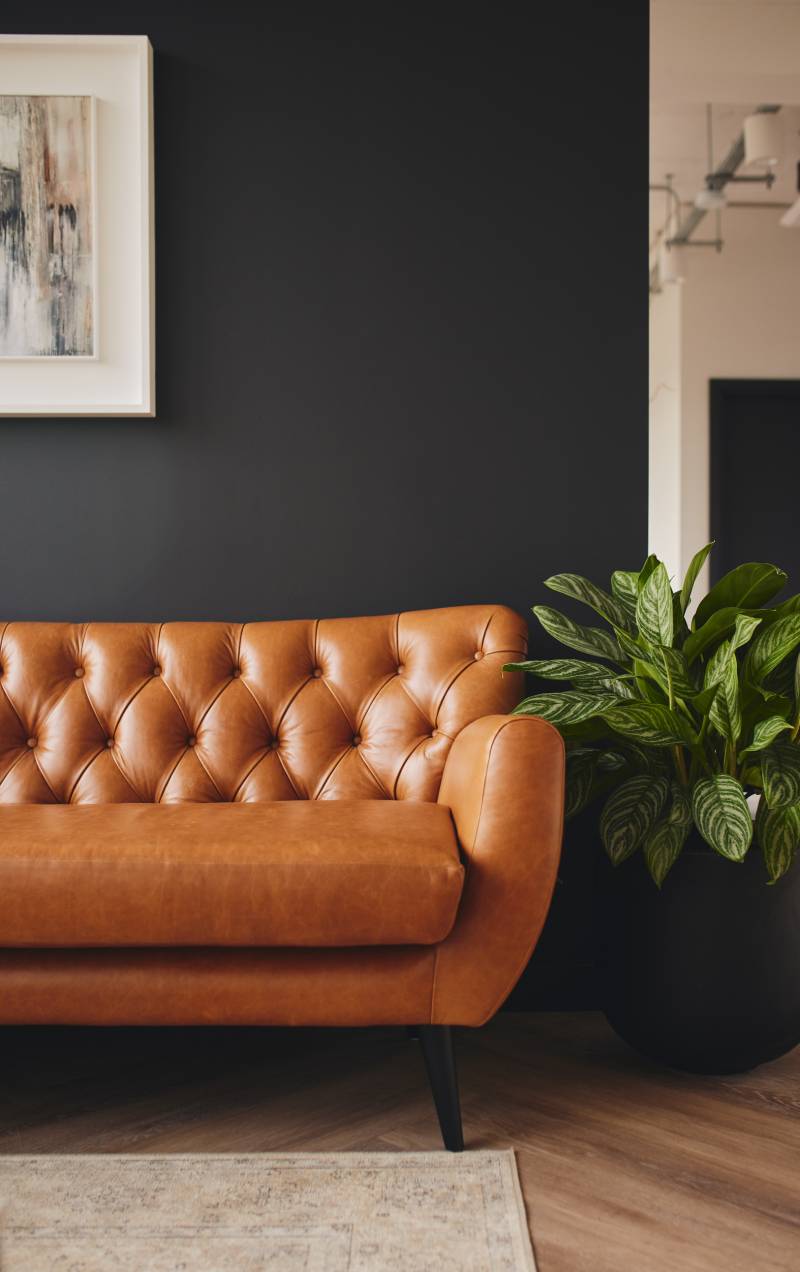
- Clean the Leather: Before diving into repairs, it’s essential to clean the leather surface thoroughly. Use a mild leather cleaner or a mixture of water and a gentle soap to remove dirt, oils, and grime. Wipe the leather with a soft, damp cloth, and let it dry completely.
- Use Leather Filler for Scratches: For minor scratches, a leather filler can work wonders. Apply a small amount of filler to the scratched area and smooth it out using a spatula or your fingertip. Allow it to dry completely, and then gently sand the area to achieve a seamless finish.
- Patch Tears with a Leather Repair Kit: If your leather has tears or holes, a leather repair kit is your best ally. These kits usually come with a patch that matches the colour and texture of your leather. Clean the damaged area, apply adhesive, place the patch over the tear, and press it firmly. Once the adhesive sets, your leather should be as good as new.
- Address Scuff Marks: Scuff marks can be a common issue, especially on leather shoes. To tackle them, use a soft cloth or sponge and apply a small amount of white vinegar or rubbing alcohol to the scuffed area. Gently rub in a circular motion until the scuff disappears. Wipe the area clean with a damp cloth.
- Condition the Leather: After repairs, it’s crucial to nourish the leather to maintain its softness and prevent future damage. Apply a high-quality leather conditioner, spreading it evenly across the entire surface. This helps restore moisture and keeps the leather supple and vibrant.
- Protect with a Leather Sealant: To safeguard your repaired leather from future damage, consider applying a leather sealant. This protective layer helps repel spills, stains, and UV rays, ensuring your leather stays in top-notch condition for a more extended period.
- Regular Maintenance: Prevention is key to preserving the beauty of your leather. Establish a routine for cleaning and conditioning your leather upholstery. Wipe away spills promptly, avoid direct sunlight exposure, and keep sharp objects away to minimize the risk of scratches.

